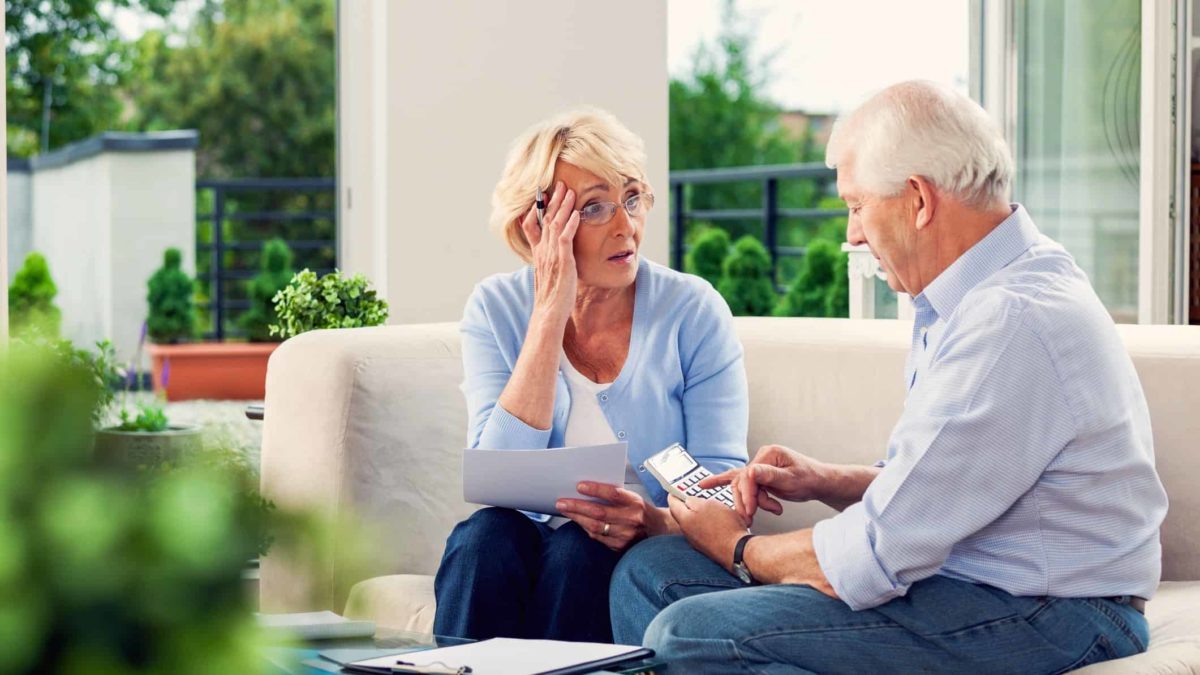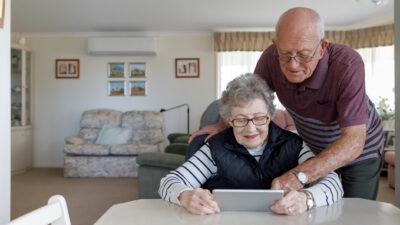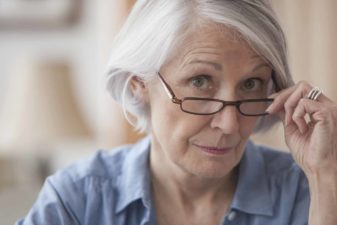Almost 90% of Australians aged over 50 years say the age pension will not be enough to meet their basic living costs in retirement, even if they own their own home.
The National Seniors Social Survey, conducted by the independent advocacy group National Seniors Australia and investment management company Challenger Ltd (ASX: CGF), surveyed 4,700 people.
More than 50% of respondents said they would need $10,000 (singles) or $15,000 (couples) more than the age pension per year to cover their essential costs.
While many people have superannuation that can supplement their pension, a report from the Australian Bureau of Statistics (ABS) showed pensions were the main source of income for 43% of retirees.
Superannuation was the main source of income for 27% of retirees.
How much is the age pension?
Following the latest round of indexation changes, effective 20 September, the age pension is now $1,144.40 per fortnight for singles and $862.60 per partner for couples (or $1,725.20 combined).
Australians become eligible for the pension when they reach 'retirement age', which for people born on or after 1 January 1957 is 67 years old.
The age pension is subject to an assets test, which excludes the family home, and an income test.
Assets
For a full pension, single homeowners can own up to $314,000 in assets and still receive the full pension. Single non-homeowners can own up to $566,000 in assets.
Couple homeowners can own up to $470,000 in assets, while non-homeowning couples can own up to $722,000 in assets.
For a part-pension, the new cut-off point for single homeowners is assets of $695,500, and for single non-homeowners it is $947,500.
The cut-off for couple homeowners is $1,045,500 in assets, and for non-homeowning couples, it is $1,297,500 in assets.
Income
In retirement, singles can earn $212 per fortnight and couples $372 combined per fortnight and still get the full pension.
If you earn more than this, you may still be eligible for a part-pension.
For each dollar of income over $212 (singles) or $372 (couples) per fortnight, the pension is reduced by 50 cents (or 25 cents each for couples).
Singles can't earn more than $2,500.80 per fortnight, and couples $3,822.40 per fortnight.
To find out how much pension you are eligible for, use this handy age pension calculator provided by Australian personal finance expert, Noel Whittaker.
How much money do you need in retirement?
The ABS says about 710,000 Australians intend to begin their retirement over the next five years.
According to the AFSA Retirement Standard, couples need $690,000 in superannuation, and singles need $595,000 by retirement age, plus a part-pension, to have a comfortable retirement lifestyle.
These estimates assume you own your own home without a mortgage, and draw down all your superannuation and invest it with a 6% return per annum.
ASFA defines a comfortable lifestyle as enough money for food, clothing, power and other essentials plus private health insurance, exercise and leisure, occasional restaurant meals, a domestic holiday every year and an overseas trip every seven years.
AFSA estimates that a comfortable lifestyle costs $73,337 per year for couples and $52,085 for singles.
Aged care costs a big concern
The National Seniors Social Survey also found that paying for aged care has become a big concern for older Australians.
About 60% of survey participants in 2024 said they felt worried about how they'd pay for aged care, compared to 38% in the 2021 survey.
Chris Grice, CEO of National Seniors Australia, said:
We found that calculating aged care costs was the topic most people wanted financial advice about.
Older Australians feel anxious about the prospect of needing aged care and the unknown costs associated with it. We must ensure seniors are not left to navigate these challenges alone, without adequate guidance or resources.
Changes to aged care arrangements in Australia
The Federal Government recently announced a $5.6 billion bipartisan reform package for the aged care sector. It includes $4.3 billion for a new home care program called Support at Home.
Support at Home will start on 1 July 2025. The Federal Government says this will help about 1.4 million Australians remain in their homes in retirement by providing more services to them at home.
Support at Home will provide money for clinical care services, such as nursing care, which the government will pay for in full.
The program will also include help with 'independence services', such as showering and taking medications, and 'everyday living services', such as cleaning, gardening, shopping, and meal preparation.
Australians will need to help pay for the independence and everyday living services on a means-tested basis. A lifetime contribution cap of $130,000 will apply per person, no matter how long they need care.
For new entrants into aged care accommodation, a higher means-tested contribution will be required.
There will be a higher maximum room price indexed over time, and providers will still hold a small amount of refundable accommodation deposits.









